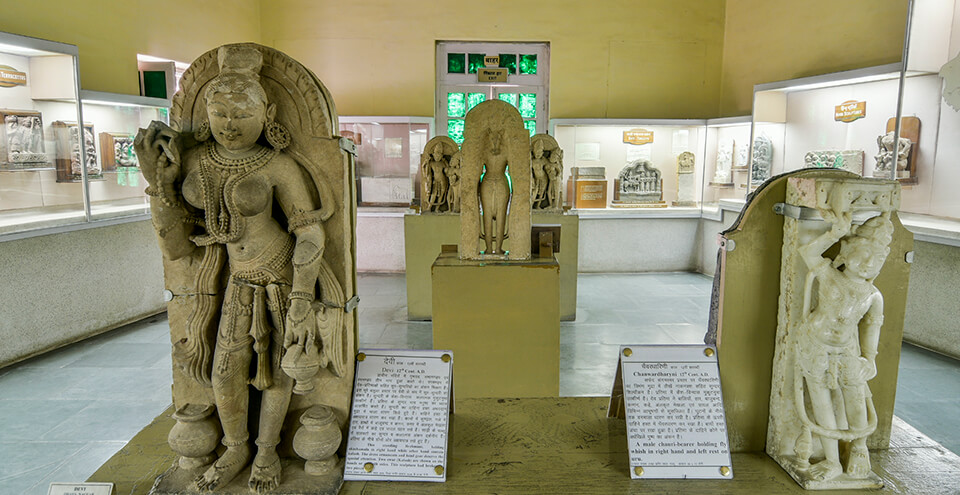
Ganga Government Museum: A Jewel of Bikaner
Situated in the vibrant city of Bikaner, Rajasthan, the Ganga Government Museum is a treasure trove of history, art, and culture. For those venturing into the heart of this historical city, a visit to this museum offers an enriching glimpse into Bikaner’s regal past and artistic heritage. Here’s a detailed guide to help you make the most of your visit to the Ganga Government Museum.
A Brief Historical Overview
The Ganga Government Museum was established in 1937 and is named in honor of the then Maharaja of Bikaner, Ganga Singh. The museum is housed in a stunning building that was originally constructed as a guesthouse during the British colonial period. Its establishment was part of a broader effort to preserve and showcase the rich cultural and historical heritage of the Bikaner region.
Architectural Charm
The museum’s architecture is a splendid example of Indo-Saracenic style, which blends Indian and European design elements. The building itself is an elegant structure with intricate carvings, arched windows, and a regal facade that reflects the grandeur of the era in which it was built. As you approach the museum, you’ll be greeted by its stately appearance and beautifully landscaped surroundings.
Highlights of the Museum
The Ganga Government Museum boasts a diverse collection of artifacts that span various aspects of Bikaner’s history and culture. Key highlights include:
Archaeological Artifacts: The museum houses an impressive array of ancient coins, inscriptions, and pottery. These artifacts provide valuable insights into the historical and economic aspects of the region.
Art and Sculptures: A notable collection of Rajasthani miniature paintings, sculptures, and traditional art pieces adorn the museum. The paintings often depict scenes from royal courts, battles, and traditional life, showcasing the artistic talents of the period.
Weaponry and Armor: The museum features a range of historical weaponry and armor used by the Rajput warriors. These items reflect the military prowess and craftsmanship of the era.
Textiles and Costumes: The museum exhibits a collection of traditional Rajasthani textiles and royal costumes, including elaborate turbans, shawls, and embroidered garments.
Ethnographic Displays: The museum also showcases everyday objects and artifacts that provide a glimpse into the daily lives and customs of the people of Bikaner.
Visiting Experience
A visit to the Ganga Government Museum is both educational and visually stimulating. The well-curated exhibits are arranged in a manner that allows visitors to explore the rich cultural tapestry of the region at their own pace. Informative plaques and displays provide context and details about the various artifacts, enhancing your understanding of their historical significance.
Practical Information for Visitors
- Timings: The museum is typically open from 10:00 AM to 5:00 PM, with a lunch break in between. It is advisable to check current timings and any potential closures before your visit.
- Entry Fee: There is a modest entry fee for both Indian and foreign tourists. Tickets are available at the entrance.
- Guides: Hiring a local guide can provide you with deeper insights into the exhibits and the historical context of the artifacts on display.
Tips for a Great Visit
- Best Time to Visit: The cooler months from October to March are ideal for exploring the museum and the city of Bikaner, as the weather is more pleasant.
- Photography: Photography might be restricted in certain areas of the museum, so be sure to check the rules before taking any photos.
- Local Cuisine: After your visit, consider exploring nearby eateries to savor traditional Rajasthani dishes such as dal baati churma, kachoris, and sweets like rasgulla and gulab jamun.
The Ganga Government Museum in Bikaner offers a fascinating journey through the rich heritage of Rajasthan. With its diverse collection of artifacts, stunning architecture, and historical significance, the museum stands as a testament to the cultural and artistic legacy of the region. Whether you’re a history buff, an art enthusiast, or simply curious about the past, a visit to this museum promises an enriching and memorable experience.
